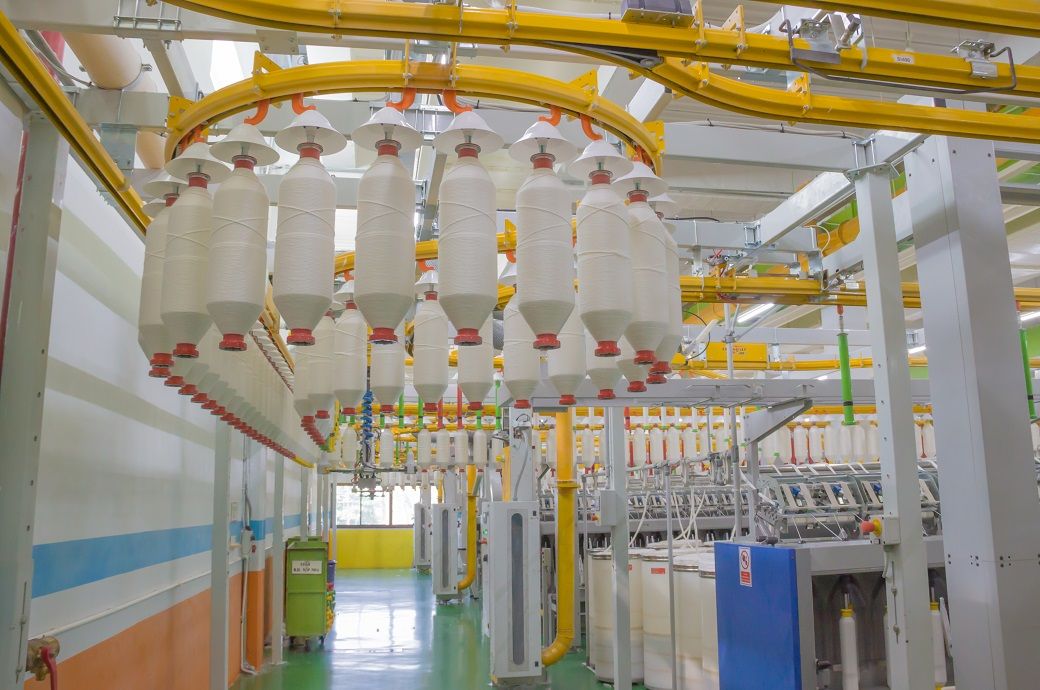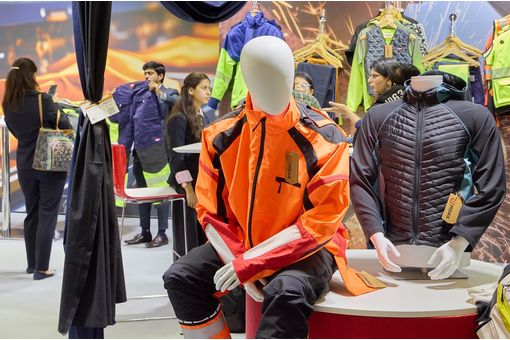EURATEX & CIE call on EU to develop manufacturing industry strategy

Insights
- Ahead of the European Council meeting in Granada, EURATEX leaders appealed to the EU for a revamped competitiveness strategy, prioritising integration of trade, energy, and sustainability policies.
- They emphasised the importance of the textile sector, its historical significance, and its broad applications, urging for its inclusion in future EU policy.
To consolidate a strong industrial structure in Europe, the European Union should secure the supply of clean energy at a competitive cost and support innovation and foster the necessary talent pool. The union should also be more assertive in achieving an international level-playing field on sustainability, based on the European model.
During the past few years, the implementation of incoherent and conflicting objectives under the trade, energy, industrial and sustainability policy was observed. While the circular economy promised to be a recipe for a competitive industry of the future, the likelihood of pushing the EU industry out of the market and driving investment elsewhere than in Europe is very high, EURATEX said in a press release.
If this approach were to continue in the next years, it will result in a de-industrialised Europe, depending on imports from abroad. Such a Europe would be more exposed to geopolitical turmoil, with no agency to deliver its vision of peace, well-being, and a healthy environment to its citizens.
It is fundamental for Europe to pursue a more coherent set of policies that put the competitiveness of its domestic industry at the core. In this context, all the industrial manufacturing sectors should be in the scope, including the textile industry, given its importance in providing essential products and applications to our society. A first impactful action that can be taken in this direction, would be to expand the scope of the Net-Zero Industry Act (NZIA) to include the textiles and clothing industry.
The history of European industry is fully woven in the birth and expansion of the European textiles industry since the XVIII century. Still today, the European textiles and clothing industry holds a pivotal position in the market, encompassing a diverse range of sectors and applications. In terms of employment, our industry creates 1.3 million direct jobs in Europe, encompassing a wide range of roles, from design and production to distribution and retail. European textiles have a wide range of applications, the most common one is of course clothing and fashion. Europe has a long history of producing high-quality apparel, with various regions specialising in specific niches.
Beyond clothing, there is a wide range of industrial sectors were textiles play an essential role, including automotive (used for upholstery, interior components, and even lightweight composite materials), aircraft and shipbuilding (where textiles are employed for their lightweight and high-strength properties, to enhance fuel efficiency, reduce emissions, and improve overall performance), building and construction (insulation, roofing, geotextiles, and architectural textiles), or personal protective equipment, for medical personnel, firefighters, police, and army officers. This includes masks, gowns, uniforms, helmets, and fire-resistant clothing, ensuring safety in hazardous environments, EURATEX added.
Textiles are essential components of the society. It is key for Europe to maintain its capacity to manufacture high-quality, sustainable, and high-technology textiles. With this in mind, the competitiveness policy of the future and the related funds to support it, should include the textile ecosystem in its scope.
Fibre2Fashion News Desk (DP)
































-Ltd..jpg?tr=w-120,h-60,c-at_max,cm-pad_resize,bg-ffffff)





.jpg?tr=w-120,h-60,c-at_max,cm-pad_resize,bg-ffffff)
.jpg?tr=w-120,h-60,c-at_max,cm-pad_resize,bg-ffffff)









